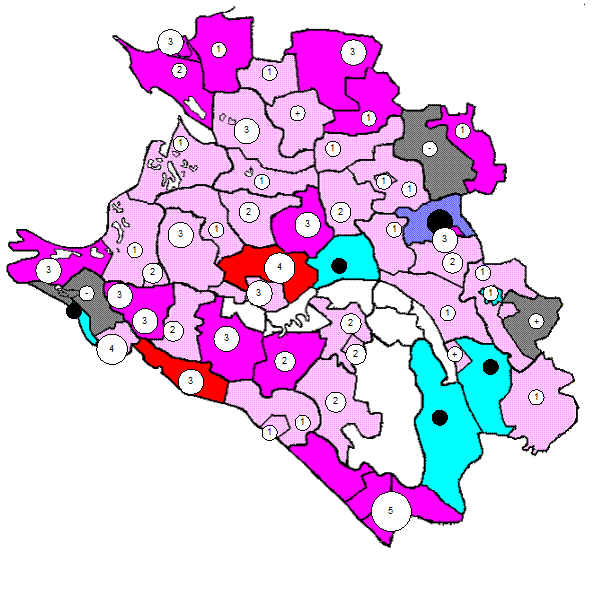Predicative Constructions that Function as Objects
A predicative complex is a syntactical unit intermediate between a phrase and a clause. It consists of two parts, the first denotes the doer of the action and the second one denotes the action itself. The first part of the predicative complex may be either a noun or a pronoun and is called a nominal part. The second part may be an infinitive, a participle, a gerund, an adjective, an adverb or a noun and is called a verbal part. The for-to-infinitive construction is a predicative complex in which the nominal part is introduced by the preposition for, while the verbal part is an infinitive with the particle to. The construction can be used as an indirect object of certain verbs (ask, watch, etc.) and adjectives (anxious, eager, impatient, sorry, willing): I watched for him to appear through the bushes. Everybody was impatient for the experiment to begin. The gerundial construction is a predicative complex with the predicate part expressed by a gerund. It may be either a direct or an indirect object in the sentence: She liked his worrying about his wife. He insisted on my claims being acknowledged. The following predicative constructions can perform the function of an object only. The objective with the infinitive construction may combine with a wide range of verbs and is usually used as a direct object, though it may also occur in the function of an indirect object. Verbs which may take the objective with the infinitive construction as a direct object: a) and require the infinitive with the particle to: ― verbs of wish and intention (wish, want, desire, choose, prefer, should / would like, intend, mean, etc.): I did not mean it to be told to her; ― verbs of attitude (like, dislike, love, hate, cannot bear, etc.): I can’t bear people to be unhappy or upset; ― verbs of mental activity (think, suppose, consider, believe, know, find, expect, imagine, understand, assume, acknowledge, feel, trust, etc.): I supposed him to have been married to her years ago; ― verbs of declaring (declare, report, pronounce, etc.): Everybody pronounced him to be a complete failure; ― verbs of inducement (order, command, ask, allow, etc.): She would not allow the life of the child to be risked; b) and require the bare infinitive (the infinitive without to): ― verbs of sense perception (see, hear, feel, observe, notice, etc.): We saw planes zoom into the air; ― the verbs let, make: She made him cry. The objective with Participle I construction can be used with: ― verbs of sense perception: There we saw the crocodiles swimming about; ― the causative verbs have and get: He got them running his errands every day. The objective with Participle II construction can be attached to verbs of four semantic groups: ― verbs of sense perception: I heard my name called; ― verbs of mental activity (think, believe, consider, remember): At first she thought Johnny killed; ― verbs of wish: Nobody wanted it done in such a way; ― the causative verbs have and get: I would like to have my hair cut. The objective construction with non-verbals can be attached to: ― verbs of mental activity and sense perception: I thought it a wonderful opportunity; ― causative verbs: All this made her angry.
|




